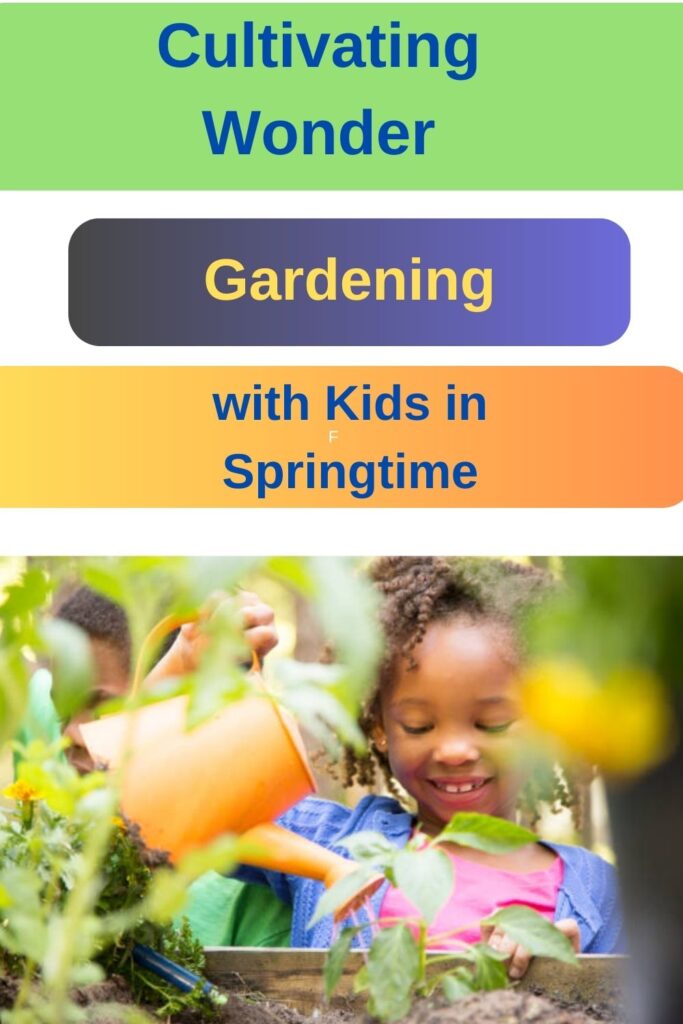
As the vibrant hues of spring emerge, it’s the perfect time to embark on a journey of discovery with your children through gardening. Not only does gardening offer a hands-on experience with nature, but it also teaches valuable lessons about responsibility, patience, and the wonders of the natural world. In this blog post, we’ll explore how to start a small garden with your kids, ways to teach them about plants and nature, and how to incorporate gardening activities into enriching springtime learning experiences. Teaching your children when they are young about the importance of food and where it comes from can have long-term benefits. As the world changes it’s important to teach the skills that have been passed down from one generation to another. Growing food is one of the greatest skills that over time has been lost. This spring is a great time to learn together as a family and see a harvest!
- Choosing the Right Plants:
- Opt for easy-to-grow plants: Select plants that are resilient and suitable for beginners, such as herbs (like basil or mint), cherry tomatoes, sunflowers, or marigolds.
- Consider sensory plants: Include plants with different textures, scents, and colors to engage all the senses, such as fuzzy lamb’s ear, fragrant lavender, or velvety pansies.
- Talk to your kids about their favorite fruits, vegetables, or flowers.
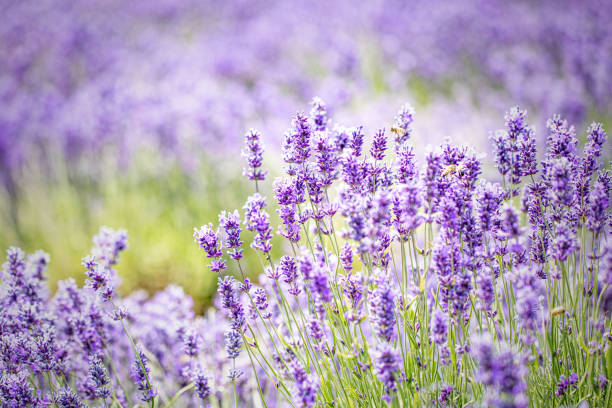
2. Planning and Preparing the Garden:
- Involve kids in the planning process: Encourage children to participate in choosing plants, selecting a location for the garden, and designing the layout.
- Prepare the soil together: Teach kids about the importance of healthy soil by involving them in tasks like digging, weeding, and adding compost or organic fertilizers.
- Be age-appropriate with information: Make sure that you are making the learning process fun and age-appropriate. The younger the kids are the more important it is that you are simple and physically engaging.
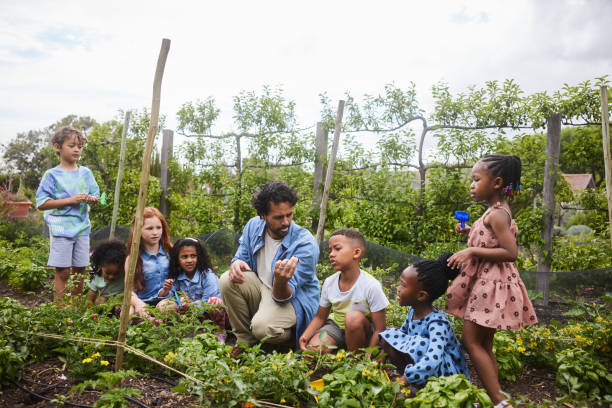
3. Planting and Caring for the Garden:
- Hands-on planting: Let kids get their hands dirty by assisting with planting seeds or seedlings, spacing them appropriately, and watering gently.
- Daily care routines: Establish a routine for watering, checking for pests, and removing weeds, emphasizing the importance of regular care and nurturing for plant growth.
- Consistency and follow through: Make sure that as you engage your kids in this process you teach them about consistency and follow through. It’s easy to forget about the plants we planted after they are in the ground but it’s rewarding when we see the end result due to consistent care.
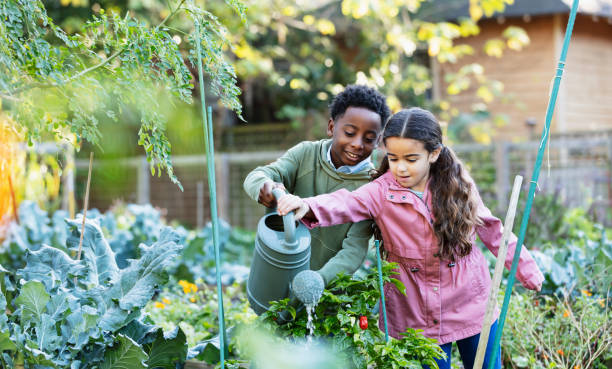
4. Learning About Plants and Nature:
- Observation and journaling: Encourage kids to observe the garden regularly, noting changes in plant growth, the appearance of flowers or fruit, and any visiting insects or birds.
- Teach plant life cycles: Explain concepts such as seed germination, plant growth stages, and the role of flowers in producing seeds, using simple language and hands-on demonstrations.
- Research: It’s really important that we teach children where to find information on the plants around us. If they don’t know what the plant needs they can do research to find out what is the optimal environment for them.
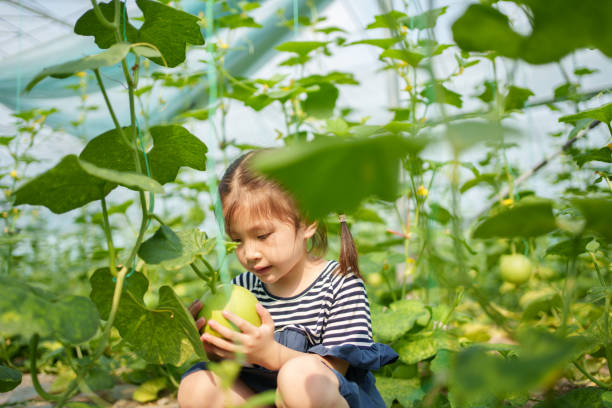
5. Incorporating Gardening into Learning Experiences:
- Math and measurement: Integrate math skills by measuring plant growth, calculating watering amounts, or estimating the spacing between plants.
- Science experiments: Conduct simple science experiments related to gardening, such as testing soil pH, exploring the effects of sunlight on plant growth, or observing pollination.
- Art and creativity: Encourage artistic expression by creating garden markers, painting flower pots, or pressing flowers to make botanical artwork.
- Engage learning practices: We must engage in learning as we work on our garden spaces. Ask thoughtful questions about food diversity and food scarcity. Start a dialogue about our resources and how we use them without waste.
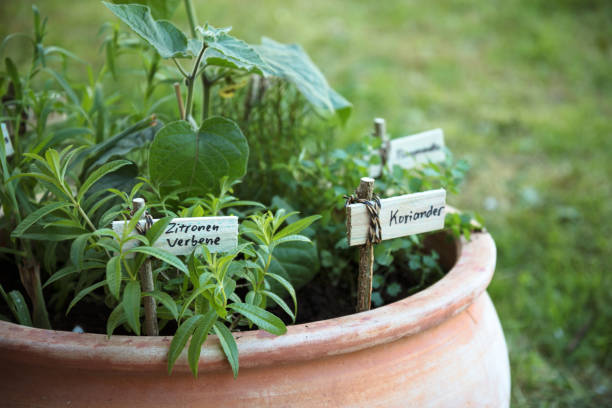
Gardening with kids is not just about cultivating plants; it’s about nurturing curiosity, fostering a connection to nature, and fostering valuable life skills. By embarking on this journey together, you’ll create lasting memories and instill a love for the natural world in your children that will blossom for years to come. So, roll up your sleeves, grab your trowels, and let’s sow the seeds of wonder together this springtime!
Sign up for FREE GIFT Below!
